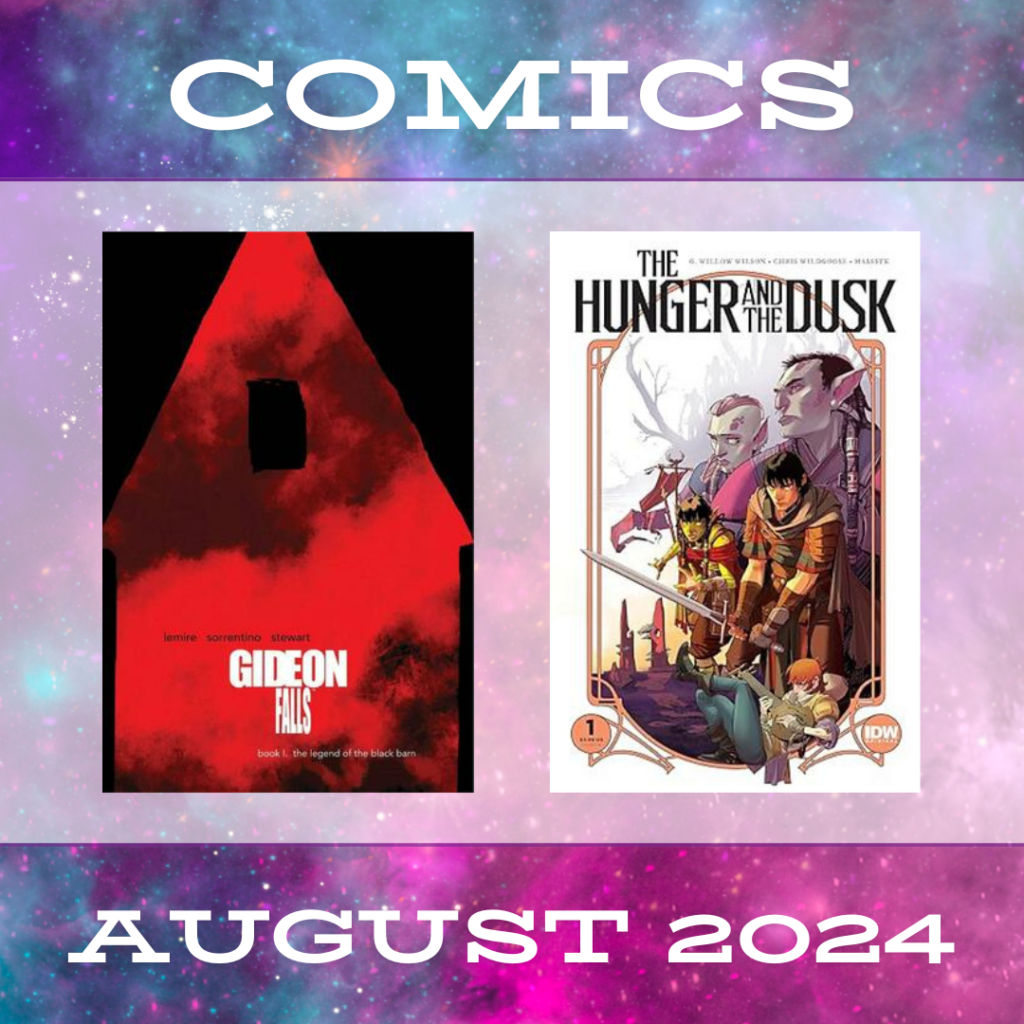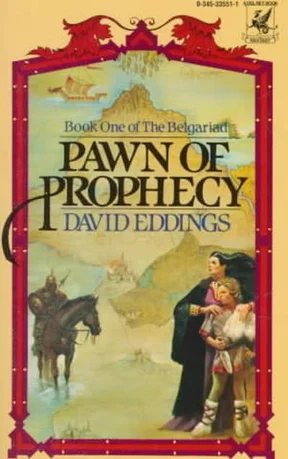It’s hard to believe another month has gone by, but it’s already (past) time for my August reading recap! (And I didn’t even read a single Star Wars book!) Each month I write a mini review of every book I read the previous month, whether it was speculative fiction or not. If you missed last month’s mini reviews, you can find July’s reading cap here.
This post contains affiliate links to Bookshop.org, an online bookstore that financially supports independent bookstores. If you buy from my links, I will receive a small commission at no extra cost to you.
Speculative Novels

All Systems Red by Martha Wells
I first read Murderbot on a family trip to Cape Cod last October (you can see some of the bookstores I visited there in this post), but wanted to reread the first book before continuing the series. As you can see from the lack of other Murderbot novellas on this list, I got a little bit distracted this month. Whoops! My ADHD should not be taken as commentary on the quality of All Systems Red, which is a fantastic book. Murderbot has my whole heart.
A Natural History of Dragons by Marie Brennan
A fun, and funny, book about a woman who wants to study dragons but cannot because of her gender. Of course she winds up doing so anyway, and is brilliant at it. A friend recommended this series to me, and I quickly fell in love with Isabella. She’s scrappy, determined, and smart as hell. I can’t wait to read the second book in the series once my Libby hold comes in!
Speculative Comics

Gideon Falls Deluxe Volumes One and Two by Jeff Lemire, Andrea Sorrentino, and Dave Stewart
Jeff Lemire’s Gideon Falls offers nearly 800 pages of mind-bending horror based around a mysterious black barn that appears and disappears seemingly at random. The story takes a few unexpected twists but has a satisfying—if somewhat open—ending. Sorrentino’s art creates the perfect atmosphere for this creepy tale. His use of nontraditional panels, particularly toward the end of the series, draws readers right into the chaos and confusion. (Bookshop.org unfortunately doesn’t carry the deluxe volume one anymore, but they do still carry the trade paperbacks.)
The Hunger and the Dusk by G. Willow Wilson and Chris Wildgoose
The Hunger and the Dusk offers a fresh take on familiar fantasy tropes with high stakes and compelling, complex characters who are forced again and again to make uncomfortable choices between their own desires and saving the world. Read my full review here.
Contemporary Fiction and Nonfiction

Luster by Raven Leilani
What a gorgeous novel! Leilani’s prose has teeth. Although the book is light on traditional plot, it reads like a thriller. The relationships in this book are so fraught that I found myself holding my breath more than once, waiting to see what would happen next. If you love beautiful sentences and deep character building, this one’s for you.
How We Can Win by Kimberley Jones
This is an accessible and concise book about white supremacy in America. The first two thirds clearly connect the problems facing modern Black Americans to this country’s historical treatment of them. The final third gets a little more self-helpy by offering up advice in key areas of life, and ends with clear calls to action for both Black and white people to work towards the end of white supremacy.
Why We Read by Shannon Reed
Based on the “we” in the title, I wasn’t expecting this to be a straight-up memoir. While I did relate to many of the reasons why “we” read, some of the chapters fell flat for me. Reed never takes herself too seriously, but her glib tone was a turnoff at times. I did enjoy the chapters that focused on libraries, and appreciated that you could really feel the author’s love for them radiating off the page. I’d still recommend this book, but with the caveat that it focuses on one person’s experience with books and reading, not reading and readers more generally as the title implies.
What did you read in August? I’d love to hear about it on Instagram, Threads, or Bluesky!




















